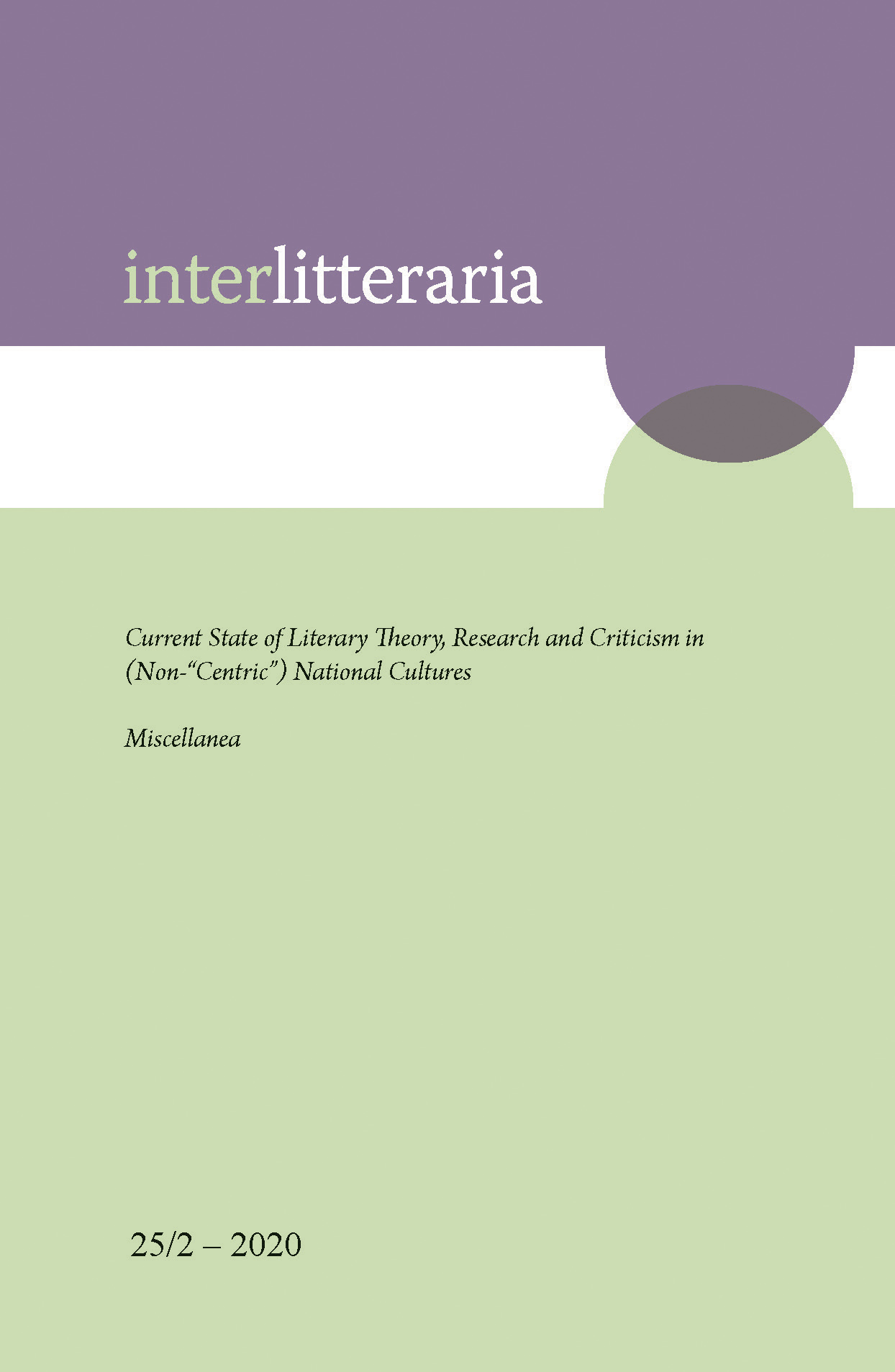When Books Speak of Books: G. Radvilavičiūtė’s Intertextuality
DOI:
https://doi.org/10.12697/IL.2020.25.2.16Keywords:
intertextuality, dialogism, postmodern literature, G. Radvilavičiūtė, U. Eco, V. NabokovAbstract
The present article will analyze the intertextual dimension in the work of the Lithuanian essayist G. Radvilavičiūtė, especially focusing on her most successful book, Šiąnakt aš miegosiu prie sienos. In the introduction a brief review of U. Eco’s ideas on intertextuality will be presented, paying special attention to the notions of metafiction, dialogism, double coding, and intertextual irony. Within this theoretical framework, the main intertextual strategies used in Radvilavičiūtė’s book are examined in the core of the study. Particular attention will be paid to dialogism; for this strategy a detailed classification based on the two parameters of target and modality will be proposed. Then a peculiar kind of intertextuality is presented: while the author frequently makes a conscious and obvious use of references to other texts, I will suggest that it could also be possible to find traces of unconscious “intertextual echoes”. To demonstrate this, some similarities with V. Nabokov’s novel Laughter in the Dark are discussed. Such similarities could be due to an unconscious influence of this novel on the author (in this case they would be “echoes”), or to pure coincidence. In both cases, however, this is an interesting instance of hermeneutic cooperation between the author and the reader. Far from diminishing Radvilavičiūtė’s flourishing creativity, these considerations reinforce the idea that any open text calls for the addressee’s cooperation. Hence, the reader not only decodes intertextuality, but also actively creates a net of references that sometimes go beyond the author’s (conscious) intentions.
Downloads
Downloads
Published
Issue
Section
License
The contents of Interlitteraria are published under CC BY-NC-ND licence.


